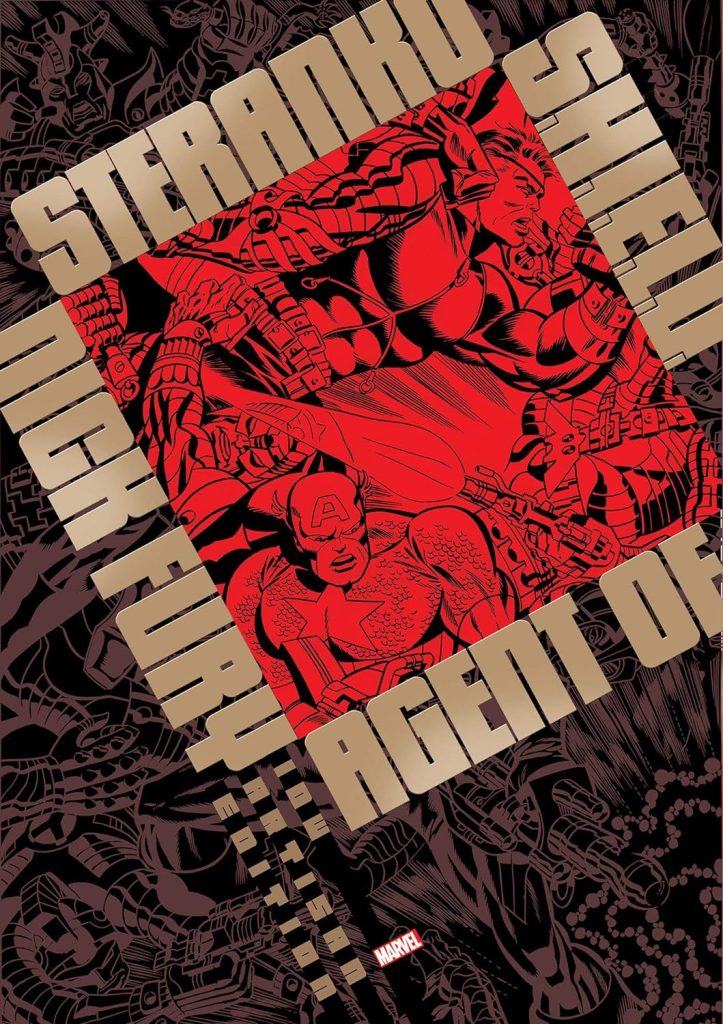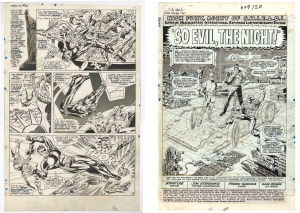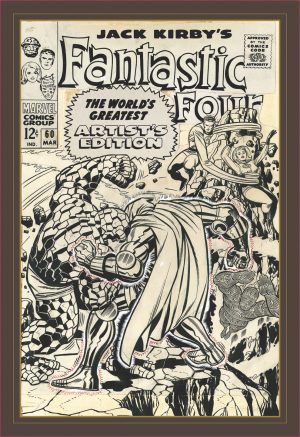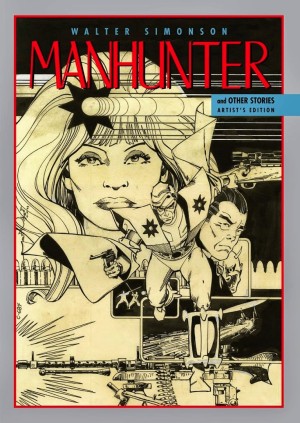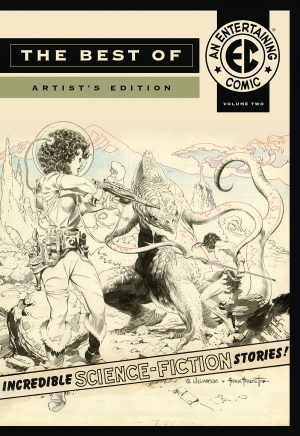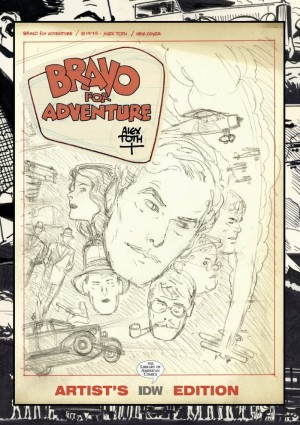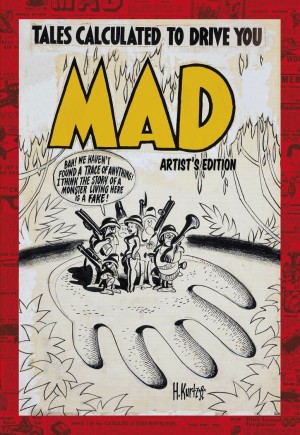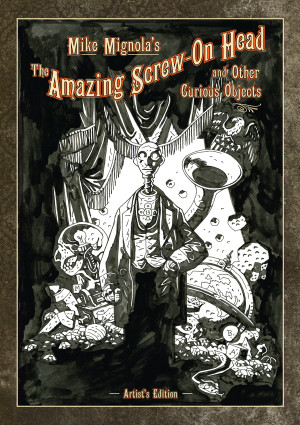Review by Graham Johnstone
Jim Steranko is much admired for his 1960s Marvel comics, most famously Nick Fury: Agent of S.H.I.E.L.D. This ‘Artisan Edition’ collects the first half of his run on that series, offering a more affordable reprint of the luxurious Artist Edition.
Published around the millennium, IDW’s Artist Editions aimed to “showcase outstanding artists” by remastering key works from the original art. Compiled from high resolution colour photos of the inked and lettered pages, they were printed actual size on art board. Expensive on publication, demand has further inflated prices. The later Artisan Editions offer a fair compromise – although half the size, that’s still substantially bigger than the original comics, and most collected editions.
Nick Fury: Agent of S.H.I.E.L.D, tapped into the 1960s success of the James Bond films. The initial strength was Jack Kirby’s imagination – unrestrained by special effects budgets, so enabling S.H.I.E.L.D.’s flying sportscar, and ‘Helicarrier’ base. Steranko, too, has fun inventing multiple new gadgets. He also updates WWII veteran Fury himself, with a super-heroic ‘uniform’, fashionable civvy suits, and a designer-cool bachelor pad. Steranko’s transition into writing was seamless, continuing the verbose scripts, and forgettable conflicts with S.H.I.E.L.D.’s dark counterpart Hydra. Later episodes, like ‘Spy School’ are more appealing, and WWII comrade Captain America, makes a sensible guest, inspiring some of the finest pages here (featured image, right).
Of course, visual appeal is the whole rationale, and the art is strong from the start. The very first splash page has Fury in a striking flying contraption, watched on Hydra’s futuristic video screen. Overleaf, he’s striding through monumental, lushly detailed, Egyptian ruins. This is Steranko working from Kirby layouts, before fully pencilling, inking, and colouring. He captures Kirby’s dynamism, and adds elegance. He improves over each of these twelve episodes, but his truly outstanding work – fusing bold page designs, fine art sampling, and 1960s cool – is absent, awaiting a promised second collection.
The idea of Artist/Artisan Editions reproducing the original art was to show the workings – visible pencil lines, white-outs and paste overs. It’s a sound idea, but how revealing actually is it? Steranko’s pristine pages reveal few process artefacts, beyond the occasional whited-out panel border, and some discolouration of pasted in photos and zip-a-tone. What is remarkable though, even in this middling Artisan size, is Steranko’s phenomenal detail and microscopic feathered ink lines. Steranko’s production notes intrigue, but are brutally cropped in favour of white margins. Kirby’s panel-by-panel notes on the early pages highlight his contribution to stories credited to editor Stan Lee. Conversely, Kirby’s abortive ‘Agent of D.E.A.T.H.’ pages (used as an ink test for Steranko, so included here) highlight Lee’s editorial improvements. Ironically then, this book’s best insights reveal processes Steranko replaced.
So is this Artist/Artisan Edition worthwhile? It’s beautifully designed by Steranko himself, with stylish new title pages, and the contents offer a fascinating insight into his rapid ascent, but his best was yet to come. Nevertheless, it’s a unique addition to the various collections available, and many will be delighted to see these pages as they left Steranko’s desk. However, that’s at the cost of the original comics’ groundbreaking colour, and comparison with colour reprints shows surprisingly little loss of detail.
A second Artist Edition promised the remaining Fury (and Captain America) episodes – Steranko’s peak Marvel work. However there’s no trace of that having reached print. His complete S.H.I.E.L.D run was later published as Steranko is Revolutionary – an ‘Artist’ sized full-colour hardback, so perhaps the best of all versions. However, with resellers asking hundreds of dollars, this Artisan Edition remains a worthwhile alternative.
